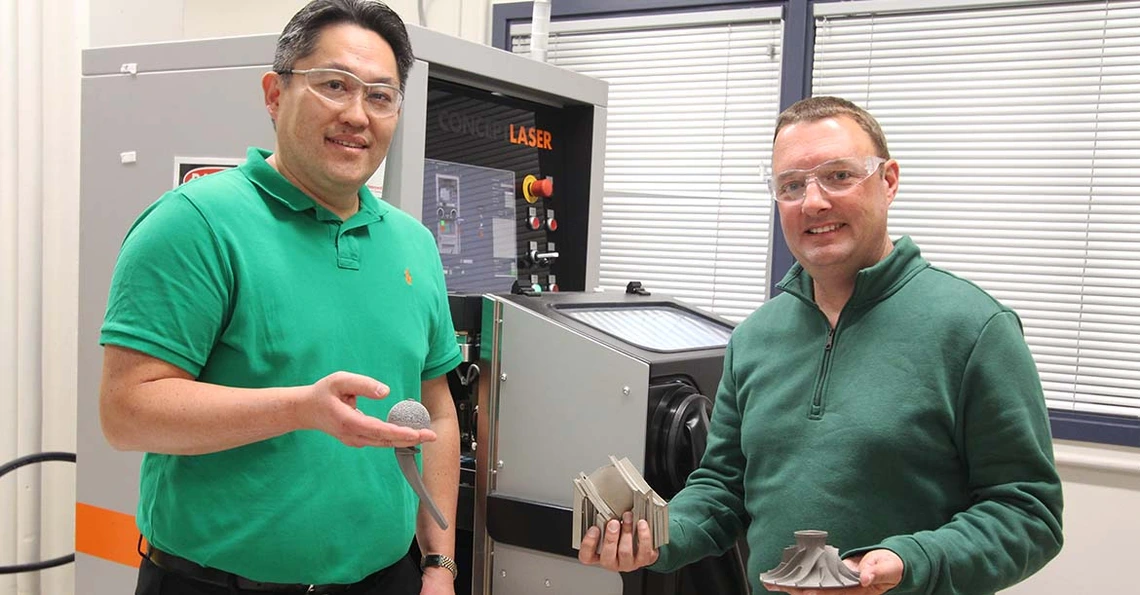Tin and Wessman Leading $1.2M Hypersonics 3D Printing Project

MSE department head, Patrick R. Taylor Endowed Department Leadership Chair and professor Sammy Tin and MSE assistant professor Andrew Wessman are developing new materials to 3D-print objects designed to withstand speeds of more than 3,500 mph. The researchers recently secured a $1.2 million grant from the Office of Naval Research's Defense University Research Instrumentation Program, which will fund a suite of new equipment to support the work and contribute to the Arizona Research Center for Hypersonics.
The pair, who together hold over a dozen patents in alloy development, will create novel metallic alloys optimized to be used in the additive manufacturing process and to withstand the extreme conditions of hypersonic flight, particularly at high temperatures and stress levels.
The Office of Naval Research grant will fund an array of instruments, including a powder bed fusion system to melt and fuse powders together; a gas atomization system, which allows molten liquid metal to be sprayed in ultra-fine droplets used to produce powder; a vacuum furnace for post-processing of 3D-printed objects; and an X-ray diffractometer, which can examine and characterize the inner structure of the 3D-printed objects.
"Combining all these pieces will give us a unique capability in terms of the infrastructure for advanced manufacturing," Tin said. "If we can develop materials and alloys that are specific to the 3D-printing process, we can customize alloy chemistries so that they have attributes that make it easier or more friendly for 3D printing."
